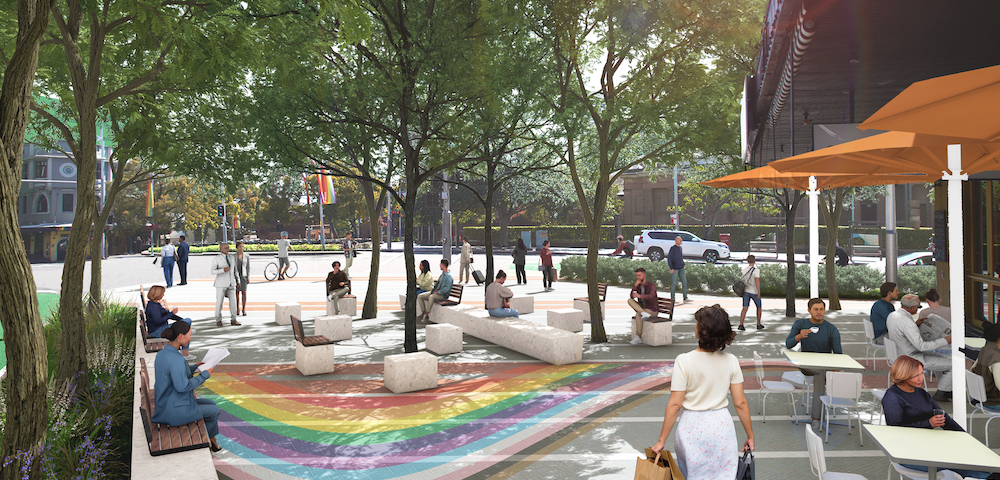
Garden secrets
Most gardeners strive to maximise the amount of sunlight that reaches their patch of green. In many respects it is true that a sunny garden is a healthy garden, not prone to mould, mildew or excess dampness.
However, there may be times when you wish to restrict the amount of sun that falls on your garden and it can therefore be handy to have some degree of control over this.
Certainly sunlight is essential for the growth of many plants, but there are others that thrive in the shade and suffer if planted in direct sunlight. Your garden isn’t just for the plants.
It also has to be a relaxing and comfortable place for you, your family and friends to hang out and sometimes a very sunny garden, whilst a valuable suntrap in winter, is simply too hot to use in summer. A shade structure such as a pergola, or shady trees, can make your yard useable in warm weather.
It is important to analyse the amount of sunlight that falls in your garden throughout the year before selecting species to plant there. It’s also important to think long-term as amounts of sun and shade will vary over time as your plants mature.
You also need to consider the impact your neighbour’s house and garden might have. A maturing tree next door might eventually block that wonderful morning sun that is allowing your herb garden to thrive. Each season you should assess whether your choice of plants is still appropriate for the conditions.
Before you purchase your plants it’s important to find out what conditions suit them best. There are, of course, many factors to consider while selecting plants, such as compatibility, hardiness, toxicity to pets and children, water and fertilisation needs. Some need full sunlight.
Others like sun for part of the day only. Others like filtered or indirect sun only and others actually love the shade. This variety in plant requirements is great as it means you can practically get any part of your yard to function as an oasis. In general, shade-loving plants will give you a more tropical look, whereas sun-loving plants such as natives and cacti will be hardier.
Unfortunately you cannot expect your garden to simply fit the look that you are after. Instead, for a successful garden, you should tailor your garden design to the available conditions.
In terms of providing a shady place to sit in summer, planting deciduous trees is a good long-term solution. However, in the short term, you will need to create your own shade with a shade structure such as a pergola or awning.
If space is limited, or you wish to be able to adjust the amount of shade in your yard, you could look at active shade systems such as adjustable awnings or louvres.
There are louvre systems available that can be opened and closed as required, automatically if you desire, and also provide protection from rain. Scissor-arm awnings that extend out from the fa?e of your home can also be a great practical solution.
With these, however, comes the risk of damage to both the awning and nearby structures if wind loads exceed recommended limits. Some models feature an automatic closure system to avoid this problem occurring.
Once again, good planning is the key to creating a garden that flourishes all year and is used as much as your living room in the warmer months.









